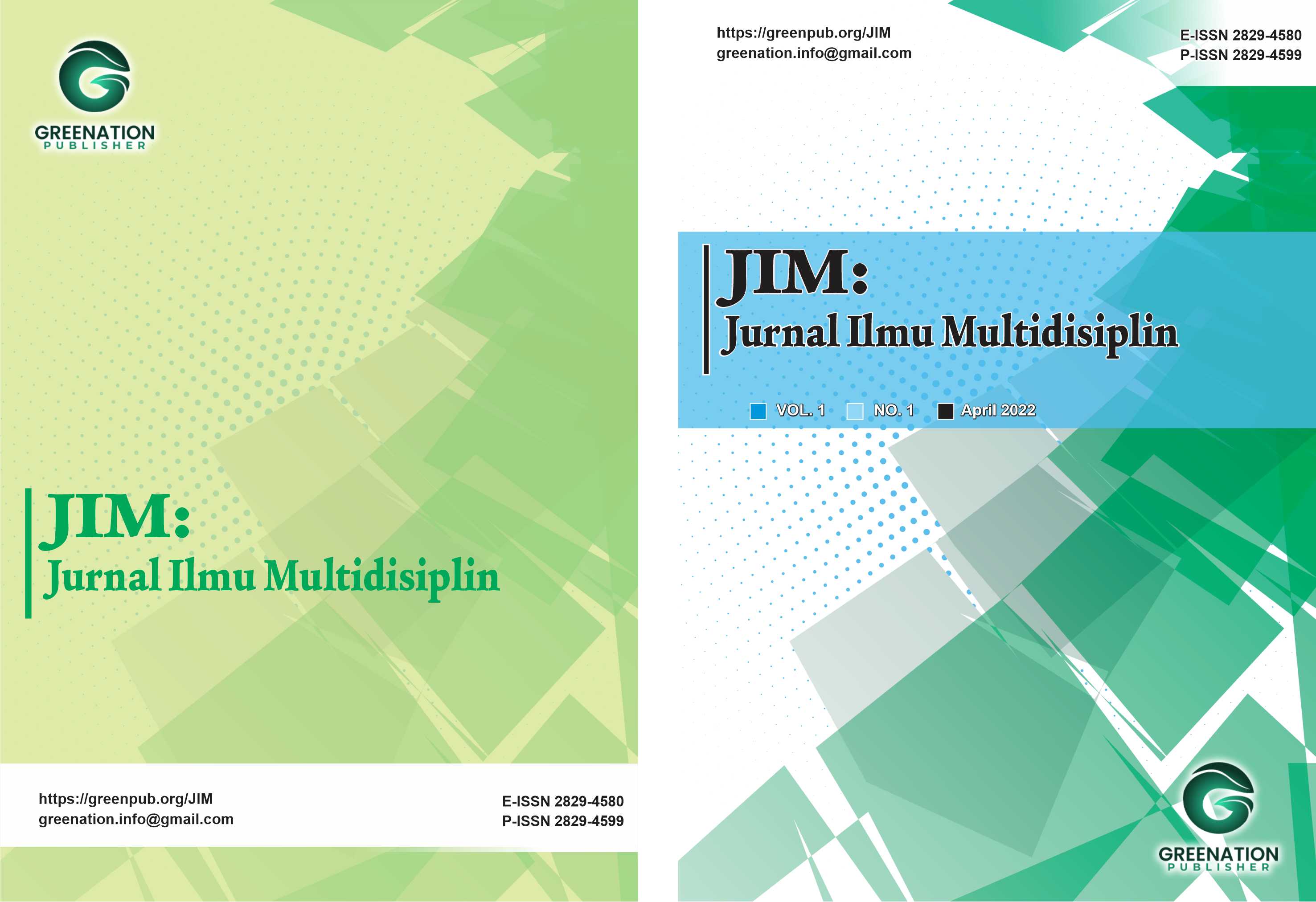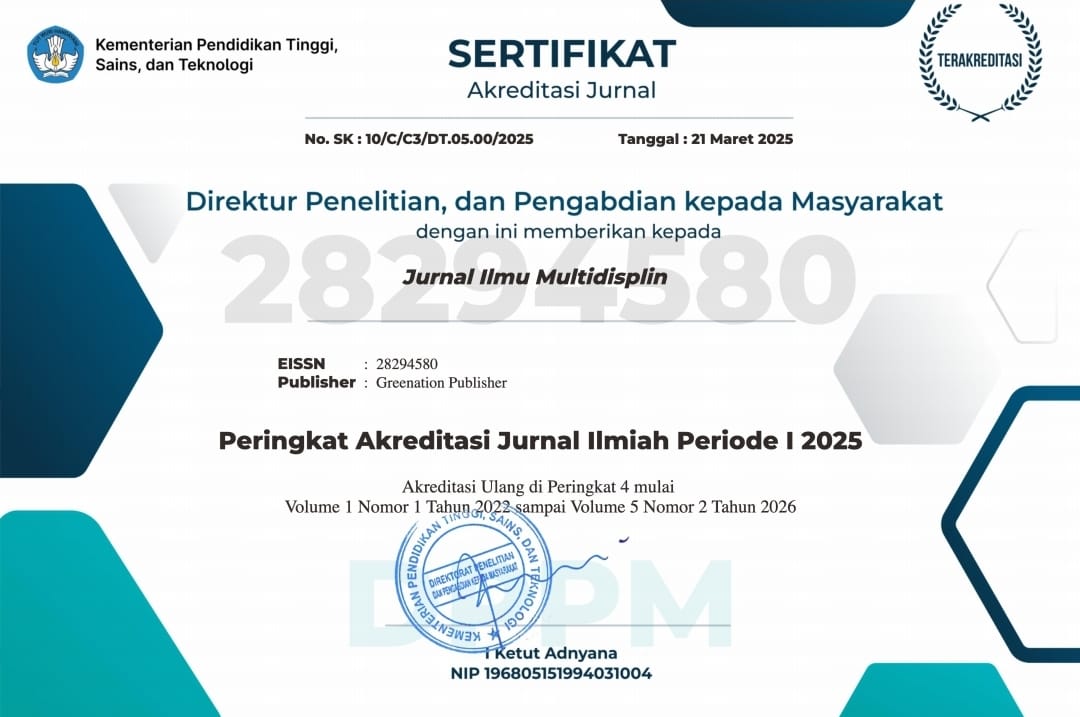Penerapan Algoritma Machine Learning SVM dan NBC pada Sentimen Analisis Komentar Youtube Program Pengaduan Masyarakat Lapor Mas Wapres
DOI:
https://doi.org/10.38035/jim.v4i1.884Keywords:
Sentimen Analisis, YouTube, SVM, Naïve Bayes, Lapor Mas Wapres, Komentar MasyarakatAbstract
Program pengaduan masyarakat “Lapor Mas Wapres” yang digagas oleh Wakil Presiden Gibran Rakabuming Raka menarik perhatian publik karena membuka kanal komunikasi langsung antara pemerintah dengan masyarakat. Penelitian ini bertujuan guna mengevaluasi respons masyarakat terhadap program tersebut melalui analisis sentimen pada komentar YouTube, dengan memanfaatkan dua algoritma machine learning yaitu Support Vector Machine (SVM) serta Naïve Bayes Classifier (NBC).Sebanyak 2500 komentar dikumpulkan dari enam video YouTube menggunakan metode crawling, kemudian diproses melalui tahapan pembersihan data, normalisasi, tokenisasi, dan pelabelan sentimen. Kinerja kedua algoritma diukur berdasarkan akurasi, presisi, recall, serta f1-score. Temuan penelitian menunjukkan bahwa SVM mempunyai performa klasifikasi yang lebih unggul dengan akurasi mencapai 76,2%, sementara NBC hanya mencapai akurasi 59,8%. SVM juga menunjukkan distribusi klasifikasi yang lebih seimbang pada ketiga kategori sentimen (positif, netral, negatif), sedangkan NBC cenderung bias terhadap sentimen positif. Temuan ini menunjukkan bahwa algoritma SVM lebih sesuai untuk menganalisis opini publik pada platform media sosial yang memiliki ragam bahasa informal seperti YouTube.
References
ObserverID, “Lapor Mas Wapres Command Post Receives 296 Complaints,” https://observerid.com/lapor-mas-wapres-command-post-receives-296-complaints.
mohammad hatta muarabagja, “https://www.tempo.co/politik/menilik-deretan-respons-kantor-komunikasi-kepresidenan-soal-lapor-mas-wapres-1169152.”
H. Hidayat, F. Santoso, and L. F. Lidimillah, “Analisis Sentimen Pengguna YouTube Tentang Rohingya Menggunakan Algoritma SVM (Support Vector Machine),” G-Tech: Jurnal Teknologi Terapan, vol. 8, no. 3, pp. 1729–1738, Jul. 2024, doi: 10.33379/gtech.v8i3.4497.
A. Muhammadin and I. A. Sobari, “Analisis Sentimen Pada Ulasan Aplikasi Kredivo Dengan Algoritma SVM Dan NBC,” Jurnal Rekayasa Perangkat Lunak, vol. 2, no. 2, 2021, [Online]. Available: http://jurnal.bsi.ac.id/index.php/reputasi
T. A. Azzahra et al., “Perbandingan Efektivitas Na?ve Bayes dan SVM dalam Menganalisis Sentimen Kebencanaan di Youtube,” JURNAL MEDIA INFORMATIKA BUDIDARMA, vol. 8, no. 1, p. 312, Jan. 2024, doi: 10.30865/mib.v8i1.7186.
A. Karimah and G. Dwilestari, “ANALISIS SENTIMEN KOMENTAR VIDEO MOBIL LISTRIK DI PLATFORM YOUTUBE DENGAN METODE NAIVE BAYES,” 2024. [Online]. Available: https://www.kaggle.com/datasets/billycemerson/anali
R. A. Fauzan, “(SENAFTI) 30 Agustus 2023-Jakarta,” 2023.
N. Bayes, O.?: Sulistia, M. Harahap, and R. Kurniawan, “Analisis Sentimen Komentar Youtube terhadap Food Vlogger dengan Menggunakan Metode Analisis Sentimen Komentar Youtube terhadap Food Vlogger dengan Menggunakan Metode Naïve Bayes,” vol. 9, no. 1, [Online]. Available: http://ejournal.ust.ac.id/index.php/Jurnal_Means/
M. Rizki et al., “PERBAIKAN ALGORITMA NAIVE BAYES CLASSIFIER MENGGUNAKAN TEKNIK LAPLACIAN CORRECTION,” 2021.
A. H. Yunial, “Prosiding Seminar Nasional Informatika dan Sistem Informasi ANALISA PERBANDINGAN ALGORITMA KLASIFIKASI SUPPORT VECTOR MACHINE, DECESSION TREE DAN NAIVE BAYES”.
M. A. Subarkah et al., “Analisis Sentimen Terhadap Video Ulasan Produk Menggunakan Metode Support Vector Machine Dengan Sequential Minimal Optimization Article History ABSTRAK,” Jurnal Riset Inovasi Bidang Informatika Dan Pendidikan Informatika (KERNEL), vol. 3, no. 2, 2022.
R. Oktaria Mardiyanto and dan Ferry Wahyu Wibowo, “Mardiyanto, Kusrini, dan Wibowo-Analisis Sentimen Pengguna Aplikasi Bank Syariah Indonesia Dengan Menggunakan Algoritma Support Vector Machine (SVM) ANALISIS SENTIMEN PENGGUNA APLIKASI BANK SYARIAH INDONESIA DENGAN0MENGGUNAKAN0ALGORITMA SUPPORT VECTOR MACHINE (SVM) (ANALYSIS OF USER SENTIMENT OF BANK INDONESIA APPLICATIONS USING SUPPORT VECTOR MACHINE (SVM) ALGORITHM).”
Downloads
Published
How to Cite
Issue
Section
License
Copyright (c) 2025 Muhammad Bais Al Hakiki, Yulia Darmi

This work is licensed under a Creative Commons Attribution 4.0 International License.
You are free to:
- Share— copy and redistribute the material in any medium or format
- Adapt— remix, transform, and build upon the material for any purpose, even commercially.
The licensor cannot revoke these freedoms as long as you follow the license terms.
Under the following terms:
- Attribution— You must give appropriate credit, provide a link to the license, and indicate if changes were made. You may do so in any reasonable manner, but not in any way that suggests the licensor endorses you or your use.
- No additional restrictions— You may not apply legal terms or technological measures that legally restrict others from doing anything the license permits.
Notices:
- You do not have to comply with the license for elements of the material in the public domain or where your use is permitted by an applicable exception or limitation.
- No warranties are given. The license may not give you all of the permissions necessary for your intended use. For example, other rights such as publicity, privacy, or moral rightsmay limit how you use the material.




























